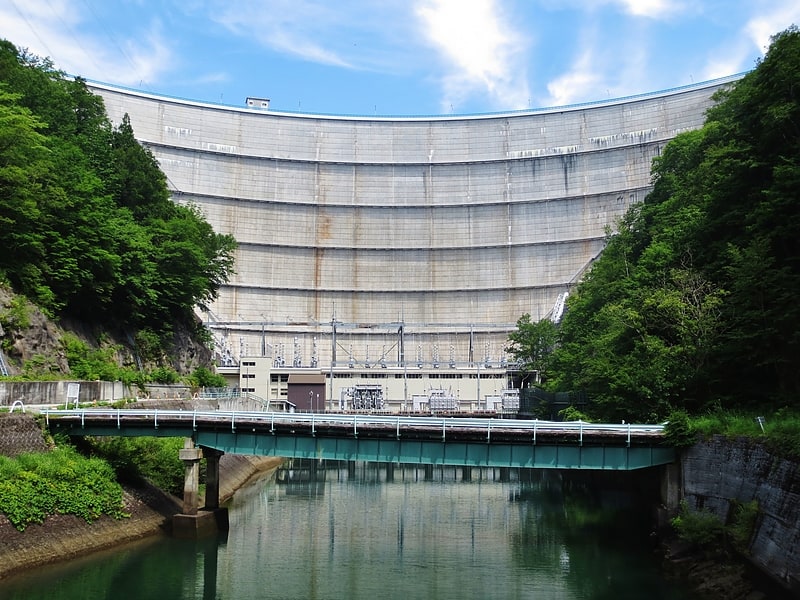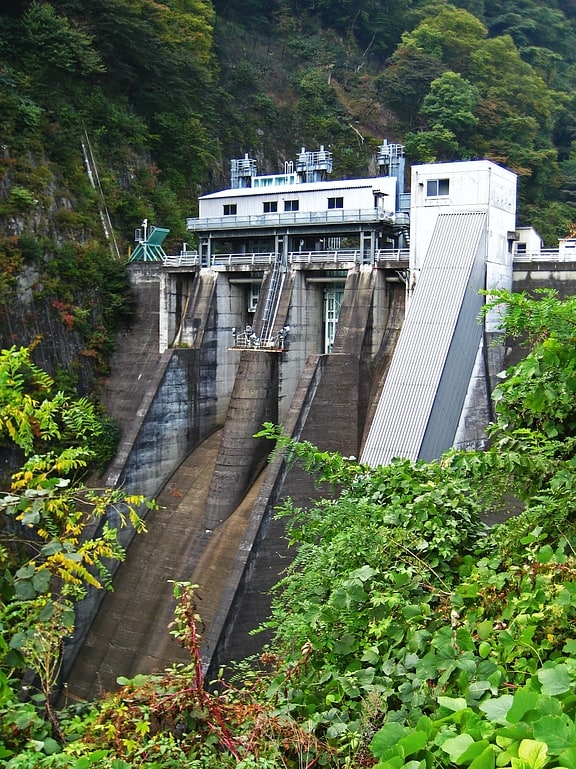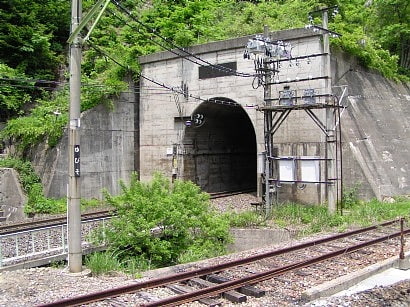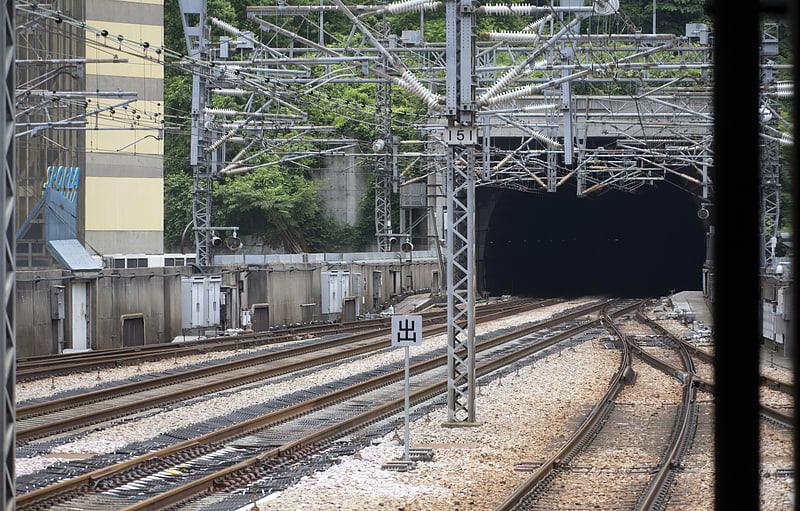Discover 6 hidden attractions, cool sights, and unusual things to do in Minakami (Japan). Don't miss out on these must-see attractions: Nagurumi Castle, Yaze Site, and Yagisawa Dam. Also, be sure to include Aimata Dam in your itinerary.
Below, you can find the list of the most amazing places you should visit in Minakami (Gunma).
Table of Contents
Nagurumi Castle

Nagurumi Castle is a castle structure in Tone, Gunma Prefecture, Japan. The castle played historically important role because invasion of the castle by the Later Hōjō clan caused Siege of Odawara.
The castle is now only ruins, just some moats and earthworks. The castle was listed as one of the Continued Top 100 Japanese Castles in 2017.[1]
Yaze Site

The Yaze ruins is an archaeological site with the ruins of a Jōmon period settlement located in what is now the Tsukiyono neighborhood of the town of Minakami, Gunma Prefecture in the northern Kantō region of Japan. The site was designated a National Historic Site of Japan in 1997.[2]
Yagisawa Dam

Also known as: 矢木沢ダム
Yagisawa Dam is a dam in the Gunma Prefecture of Japan; it supports a 240 MW hydroelectric power station.[3]
Aimata Dam

Also known as: 相俣ダム
Aimata Dam is a dam built on the Akaya River, part of the class-A Tonegawa River system at Aimata in the city of Minami, in the Tone District of Gunma Prefecture, Japan.
It is a gravity dam made of concrete, operated by the Ministry of Land, Infrastructure, Transport and Tourism's Kantō Regional Development Bureau, built to a height of 67.0 metres. As a member of the upstream Tonegawa River dam cluster, it supplies water to Tokyo and the Japanese capital region. The dam's purposes are flood prevention at the point where the Akaya River merges with the Tonegawa River in the former city of Tsukiyono, and energy generation via the Gunma Prefecture-operated hydroelectricity facilities, making it a multi-purpose dam. The artificial Akaya Lake was created by the dam.[4]
Shimizu Tunnel

Shimizu Tunnel is a railroad tunnel in Gunma and Niigata Prefectures of Japan, operated by JR East Jōetsu Line. The name originates from the Shimizu mountain pass nearby. There are three tunnels near each other, which are the Shimizu Tunnel, the Shin-Shimizu Tunnel, and the Dai-Shimizu Tunnel.[5]
Daishimizu Tunnel

The Daishimizu Tunnel is a railway tunnel on the Jōetsu Shinkansen on the border of Gunma Prefecture and Niigata Prefecture, Japan.
In 1978, the Dai-Shimizu tunnel was completed. This tunnel was dug for the Jōetsu Shinkansen that was to be completed in 1982. This tunnel was the world's longest railway tunnel at 22,200 m until the Seikan Tunnel was built. During the construction, a fire created a large amount of smoke in the tunnel, and 16 workers died from carbon monoxide poisoning. When this tunnel was completed, the travel time between Niigata and Tokyo went down to approximately one hour and forty minutes, three hours faster than using the Jōetsu Line.
Also, when this tunnel was built, natural water was found during construction, which is now sold in bottles.[6]